Delta Lake and MinIO for Multi-Cloud Data Lakes

Learn how to build a multi-cloud data lake with the Delta open storage format and MinIO object storage.
Read more...
Learn how to build a multi-cloud data lake with the Delta open storage format and MinIO object storage.
Read more...
This post focuses on how Iceberg and MinIO complement each other and how various analytic frameworks (Spark, Flink, Trino, Dremio, and Snowflake) can leverage the two.
Read more...
For every Amazon or Etsy running DevOps at the highest levels of velocity, there are thousands of teams like mine that I will generously call a work in progress. The old adage of a chain only being as strong as its weakest link certainly applies to DevOps. Every DevOps organization has its own strengths and weaknesses. Perhaps your CI/CD
Read more...
Software-defined MinIO, with its flexibility and rich set of cloud-native integrations, can be deployed in single or multi-tenant modes, and this post is designed to help you determine the appropriate architecture for your deployment.
Read more...
Learn how to monitor and alert on metrics using Grafana Mimir and save data to MinIO for persistence.
Read more...
Kubecon EU in Valencia, Spain was a welcome breath of fresh air for the Kubernetes community. While the Linux Foundation and the CNCF did great work in the pandemic, nothing is quite like seeing your “people” in person. That what Valencia delivered. I don’t know the attendance figures off the top of my head, but having been in Los
Read more...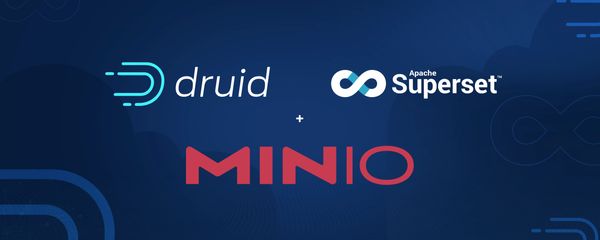
Learn how to build a cloud-native analytics and visualization stack backed by MinIO.
Read more...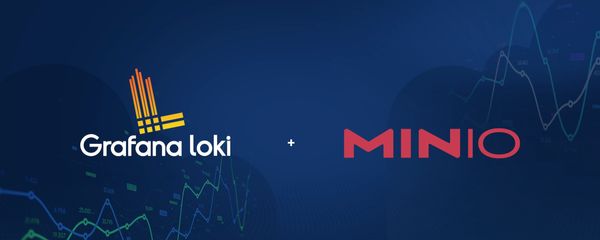
Take advantage of MinIO’s performance, data protection and S3 API functionality for log management and analysis.
Read more...
We just finished up our Storage Field Day presentation last week and one thing that was clear - there are a lot of folks in the analyst community that continue to be invested in the success of SAN/NAS. On the one hand we understand. There are far more companies in the SAN/NAS universe than there are in the
Read more...
Lay the best foundation for cloud-native object storage and give developers and their apps the performance they need.
Read more...
This post was updated on 1.12.22. Object storage as a service is the hottest concept in storage today. The reason is straightforward: object storage is the storage class of the cloud and the ability to provision it seamlessly to applications or developers makes it immensely valuable to enterprises of any size. The challenge is that object storage as
Read more...
Don’t let unintended complexity destroy cloud-native efficiency.
Read more...
Take advantage of cloud native, Kubernetes-oriented, microservices-based architectures with object storage.
Read more...
Kubernetes is the primary control and management point for infrastructure as code. Add MinIO and manage object storage within Kubernetes.
Read more...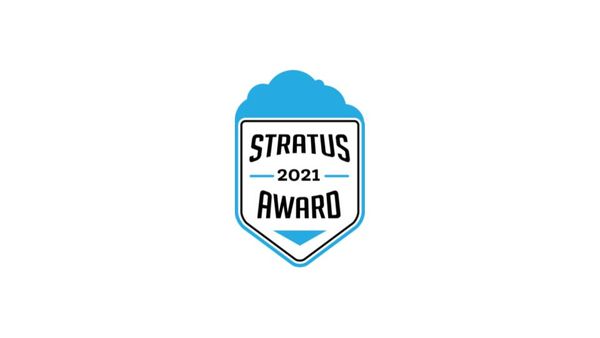
MinIO was named a winner in the storage technology category for the 2021 Stratus Awards.
Read more...
The push to standardize Object Storage in Kubernetes has gained significant momentum in the recent months. The new standard, named COSI for Container Object Storage Interface, strikes a similar chord to CSI — a well known standard for consuming storage in Kubernetes. In this article, I’ll dive into COSI, its architecture, and how it fits alongside CSI. Finally, I’ll
Read more...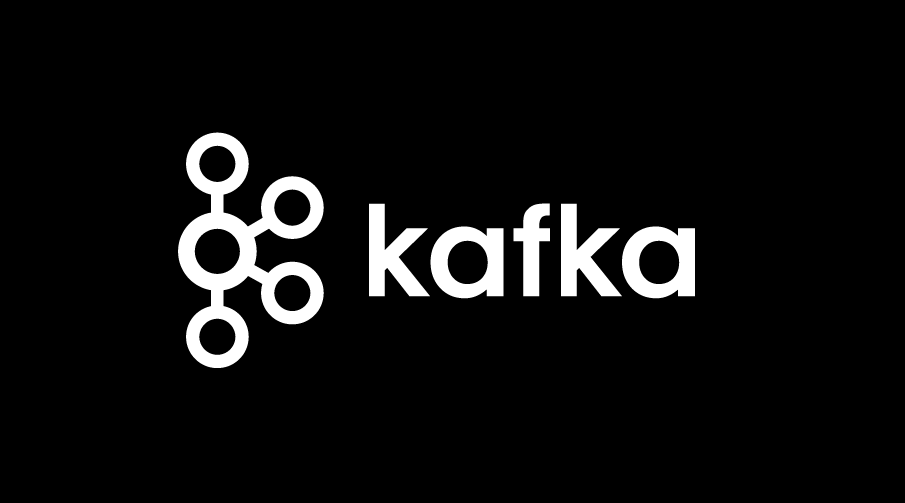
Streaming data is a core component of the modern object storage stack. Whether the source of that data is an edge device or an application running in the datacenter, streaming data is quickly outpacing traditional batch processing frameworks. Streaming data includes everything from log files (think Splunk SmartStore), web or mobile applications, autonomous vehicles, social networks and, of course financial
Read more...
We are at an interesting time from a technology standpoint. The cloud, and by this we mean a way of doing things - not a physical location, has created a yawning gap between cloud-native companies and legacy vendors (many of whom are giants). Only a few of these giants will make it to the other side. There are multiple reasons,
Read more...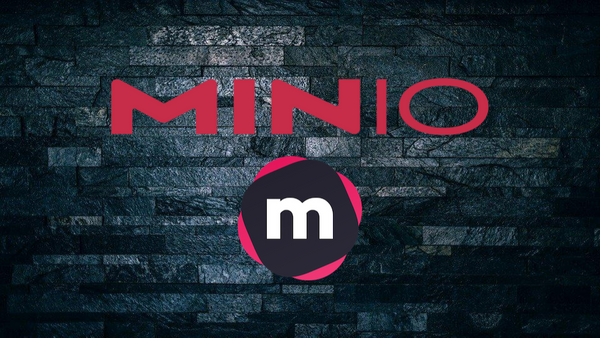
How to pair fast and efficient search with high-performance Kubernetes-native object storage.
Read more...
The MinIO team is immensely proud of what we have been able to build in the high performance object storage, so we relished the opportunity to showcase our ever-growing functionality at Cloud Field Day in June. After beginning with a high-level overview, we got the chance to dive deeper into MinIO’s various features that put it at the cutting
Read more...